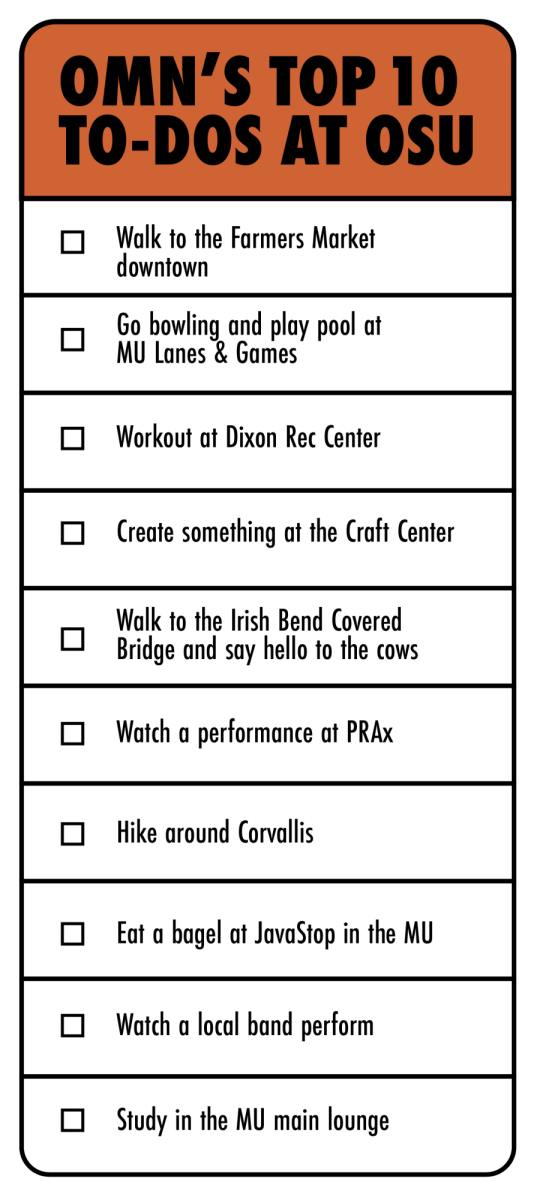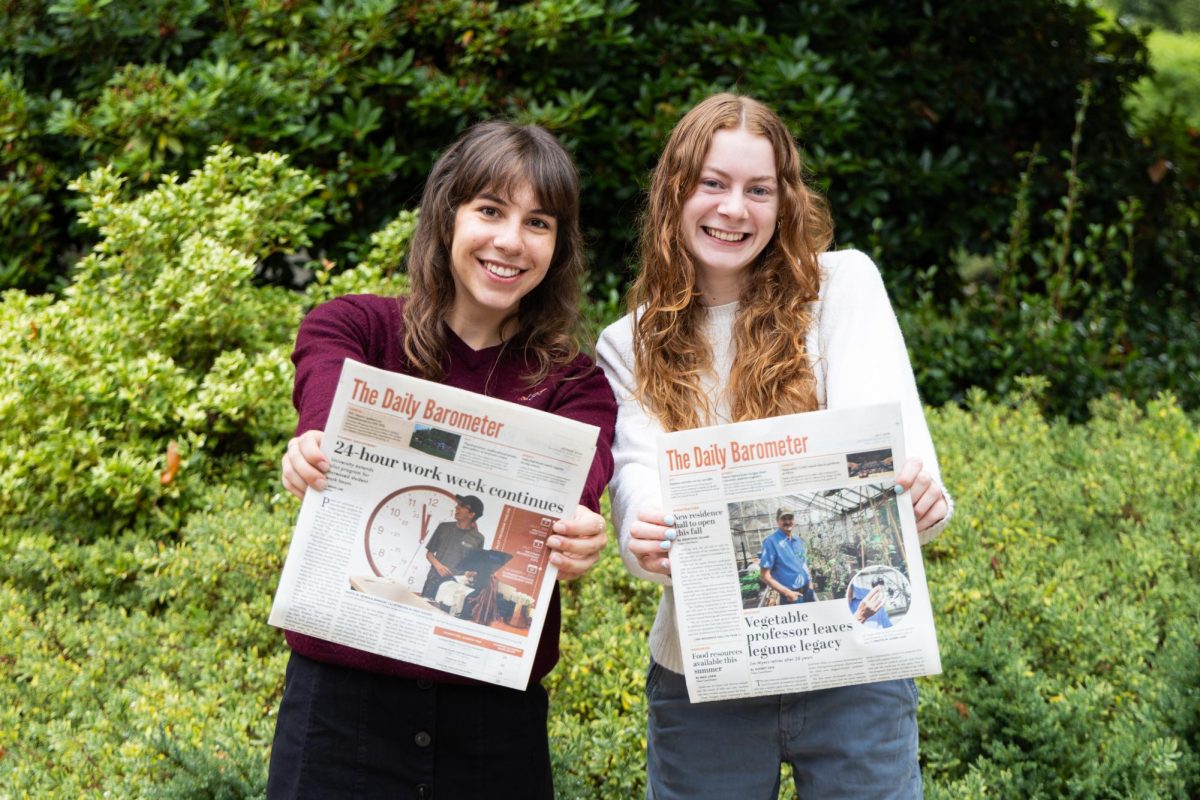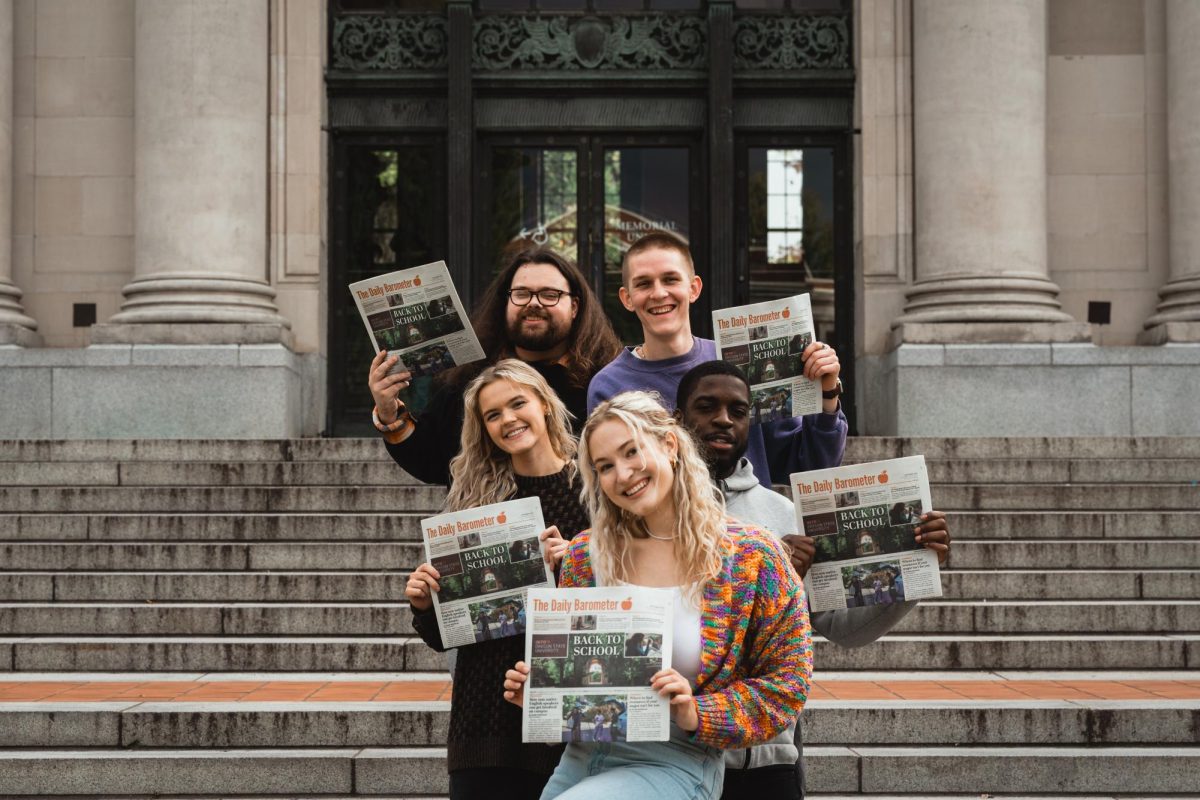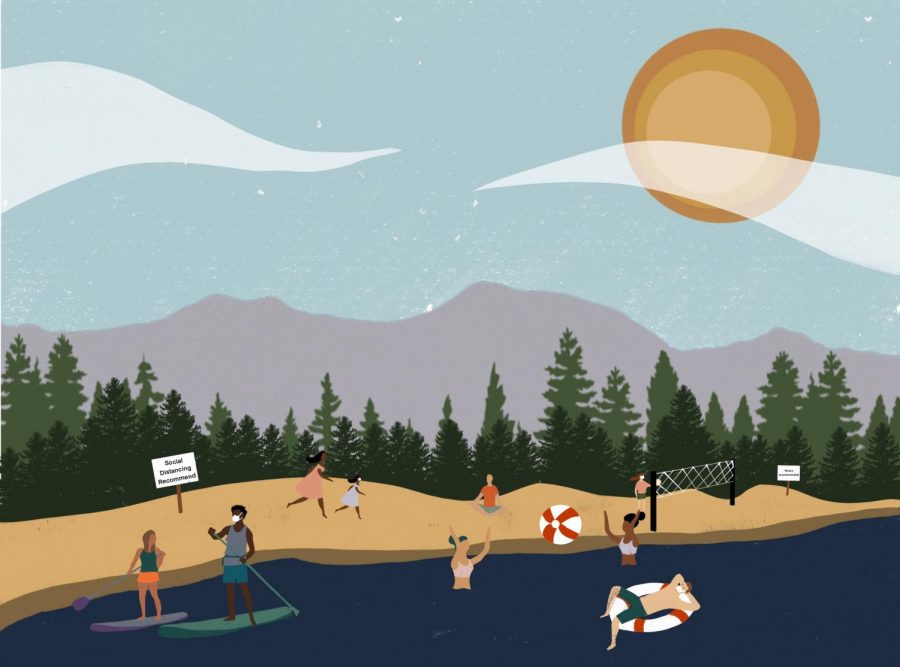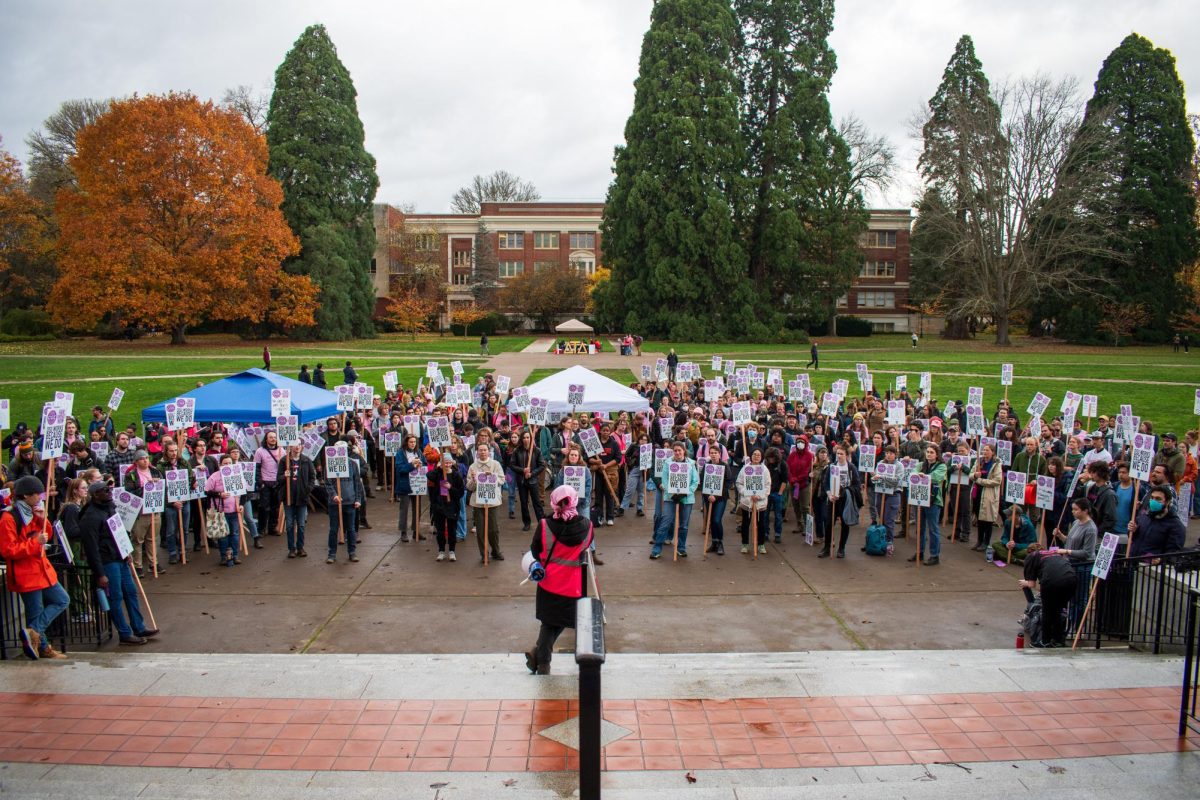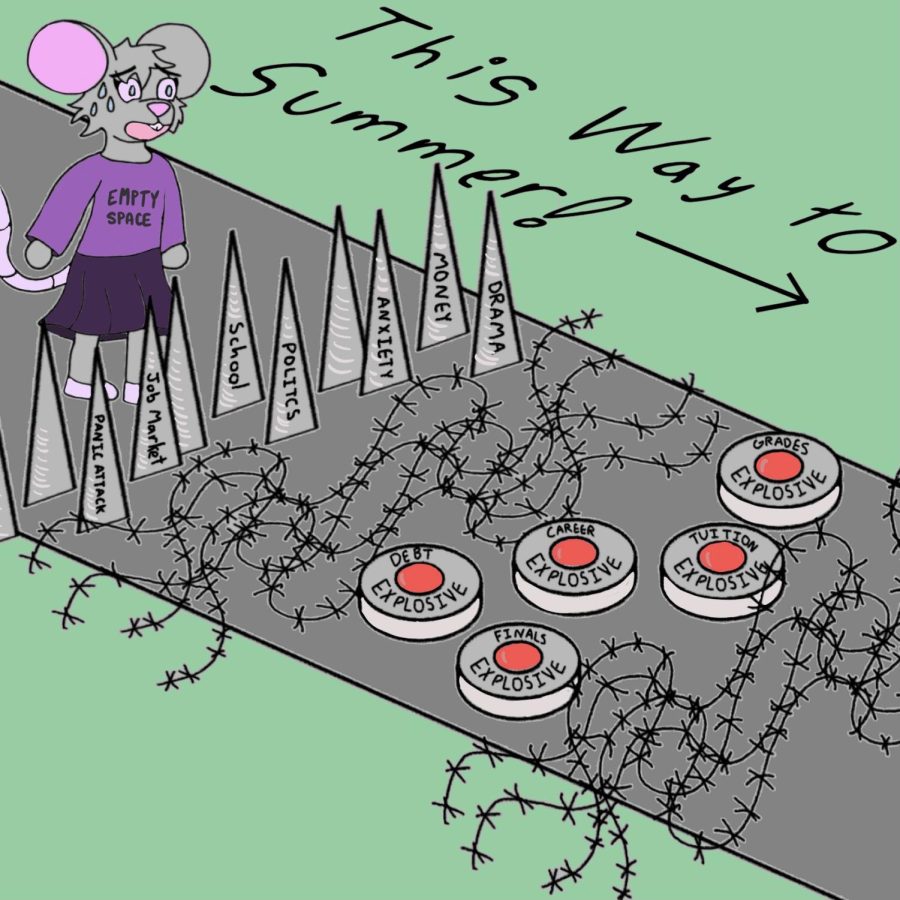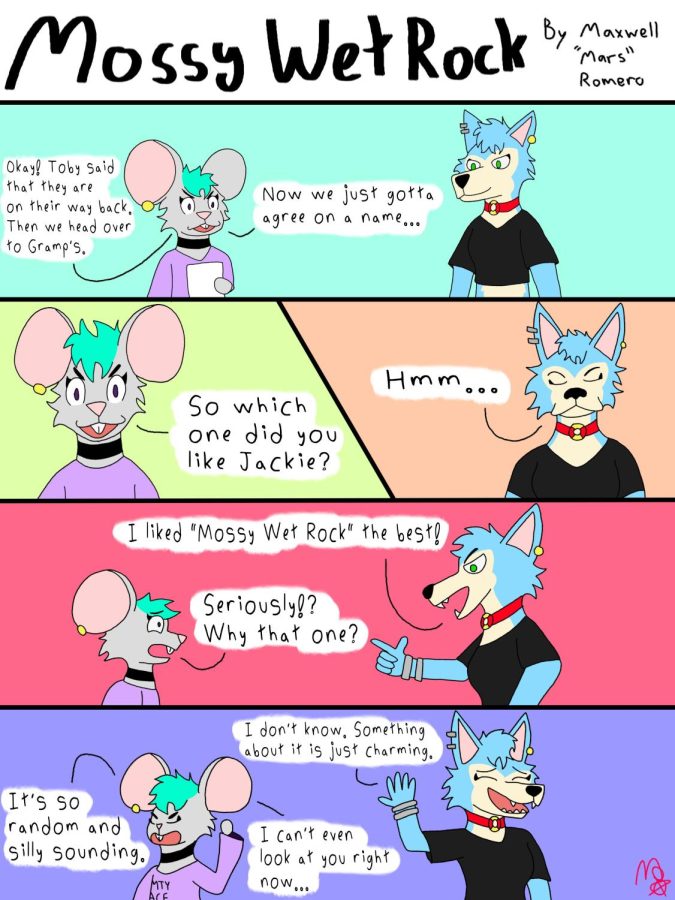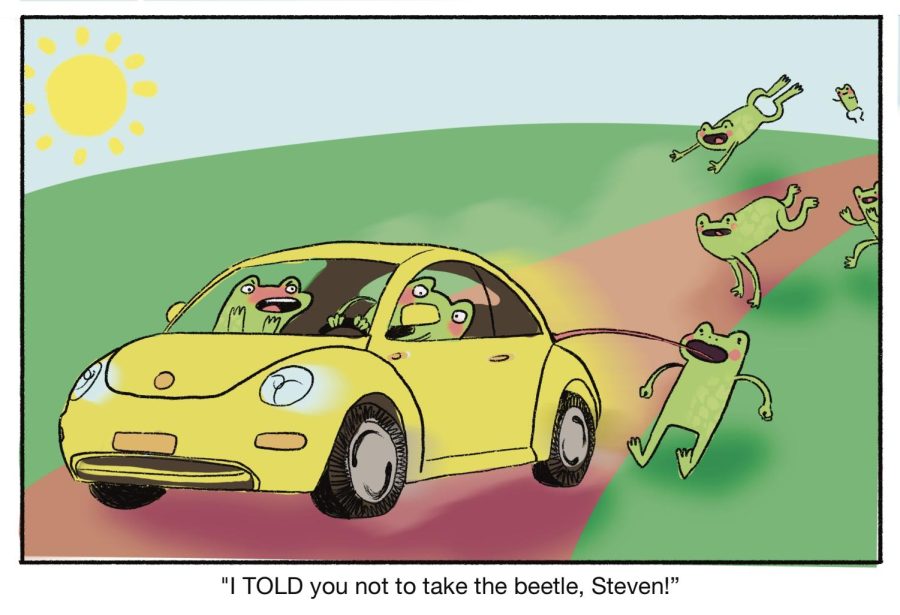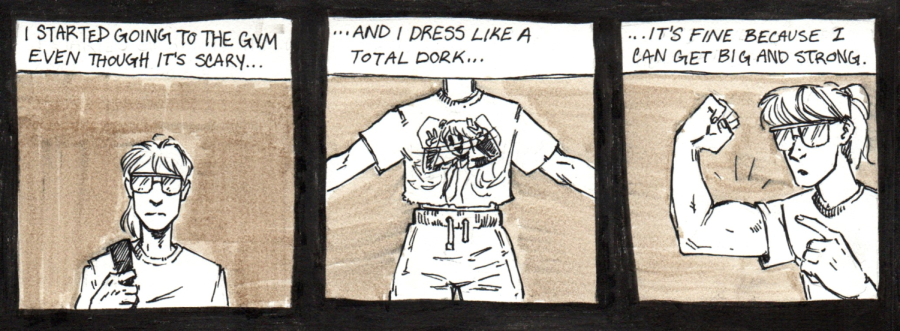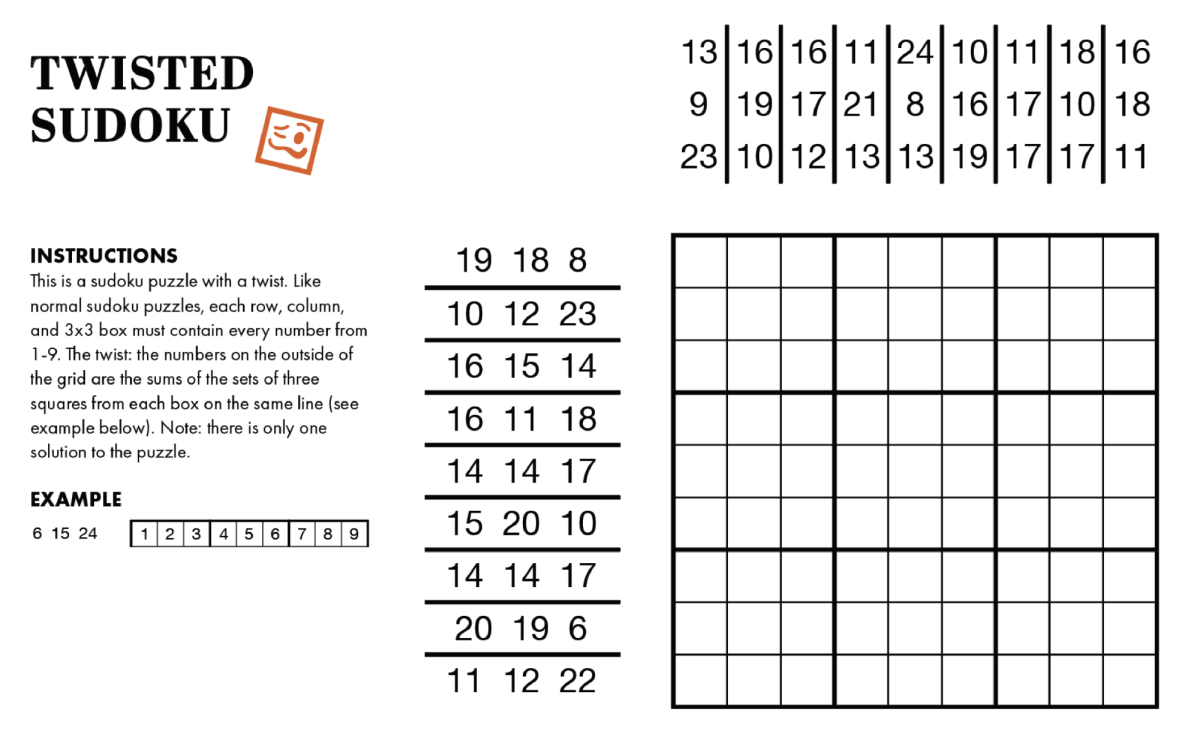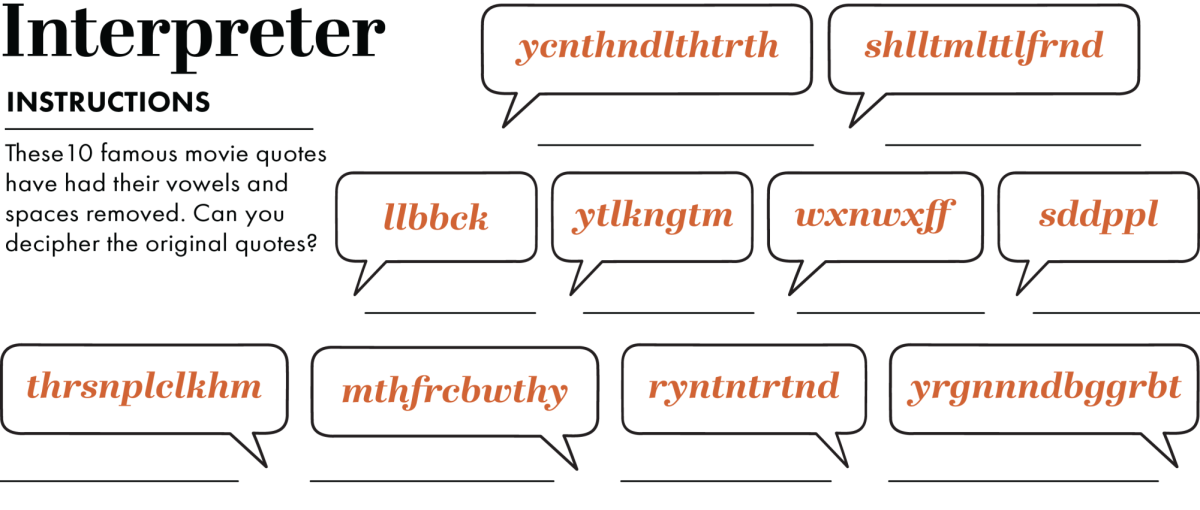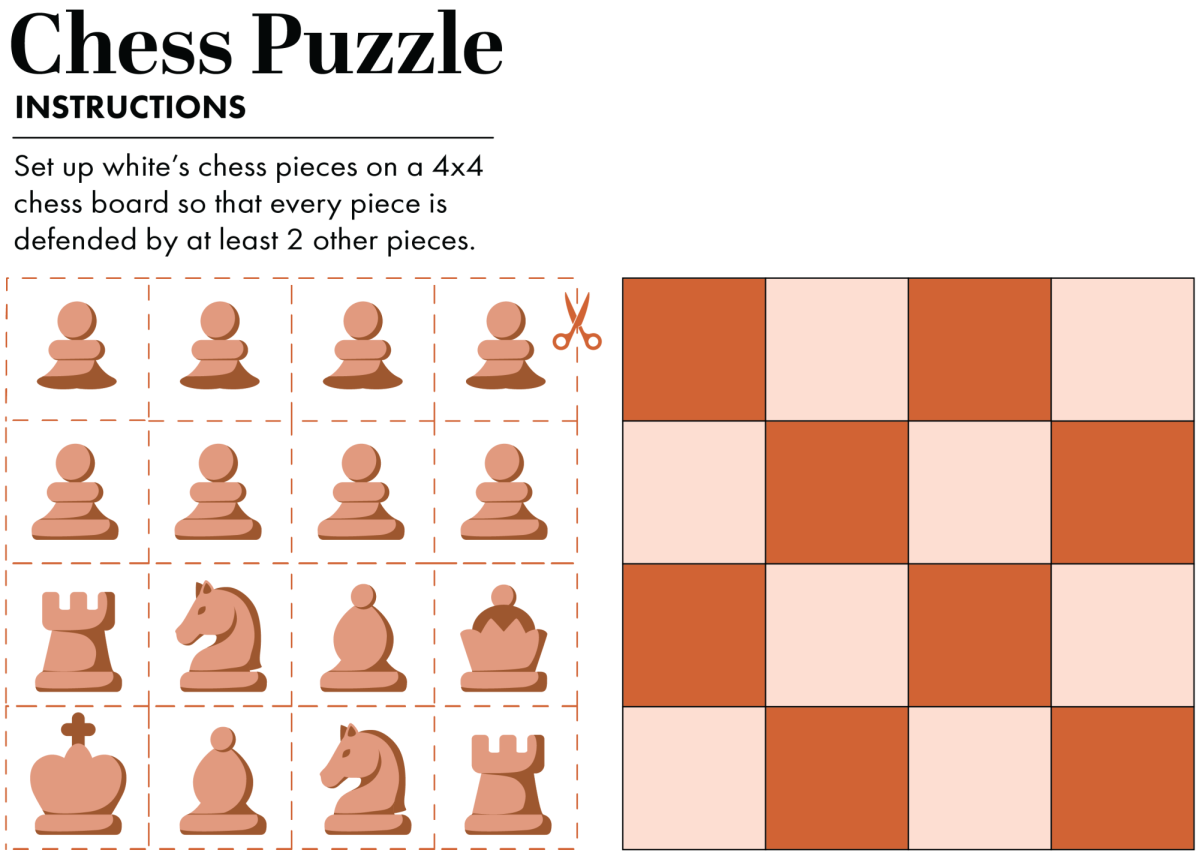Assessing Tsunami Evacuation Preparedness
February 15, 2018
Researchers at Oregon State University are using an agent-based tsunami evacuation model to prepare for the tsunami that will hit the Oregon coast as a result of the predicted magnitude nine earthquake.
As part of the OSU 150 Sea Grant Festival, the event “Should I stay or should I go? Tsunami evacuation modeling along the Oregon Coast” addressed the impending tsunami and the research that is being done to minimize damage.
The presentation was given by Daniel Cox, professor of coastal and ocean engineering, Lori Cramer, professor of sociology in the school of public policy, and Haizhong Wang, assistant professor in civil and construction engineering.
During the presentation Cox, Cramer and Wang discussed their research on tsunami evacuation developed through an agent-based tsunami evacuation model.
According to Cox, the agent-based tsunami evacuation model uses a scenario based decision making tool that looks at the hazards, the environment, and human decision making and how these factors influence tsunami evacuation, resource allocation, and education about tsunamis.
Using the agent-based model, they can simulate evacuation times and mortality rates, and how different factors affect these variables. Wang showed several simulations that used a map of Seaside, Ore. and its evacuation routes, with different conditions applied.
One condition Wang discussed was infrastructure damage that resulted in evacuation routes being inaccessible. Using simulations that determine mortality rates based on the failure of certain evacuation routes, they can provide information to the Oregon Department of Transportation. Using this research, informed decisions about resource allocation can be made to reduce mortality rates.
To make sure that the models were giving an accurate representation, Cramer tested tsunami evacuation drills with real people.
“We really wanted to get a sense of are we on track with what were doing with the modeling and what other variables do need to know? Because we can sit in our classrooms and we can talk about it but what’s reality out on the beach and what does that look like?” Cramer said.
Cramer wanted to account for real life circumstances such as human error and ability to evacuate to replicate the complexity of an actual tsunami evacuation.
According to Cox they found that while the agent-based model cannot simulate the complexity of decision making, it still provides an accurate representation of what would happen.
Using all of this research, they have been able to create an interactive education tool about tsunami evacuation that is at the Hatfield Marine Science Center. Cox said that their goal is to continue refining the research and the education tool so they can distribute it to wider populations to help them become better educated and prepared for evacuation.

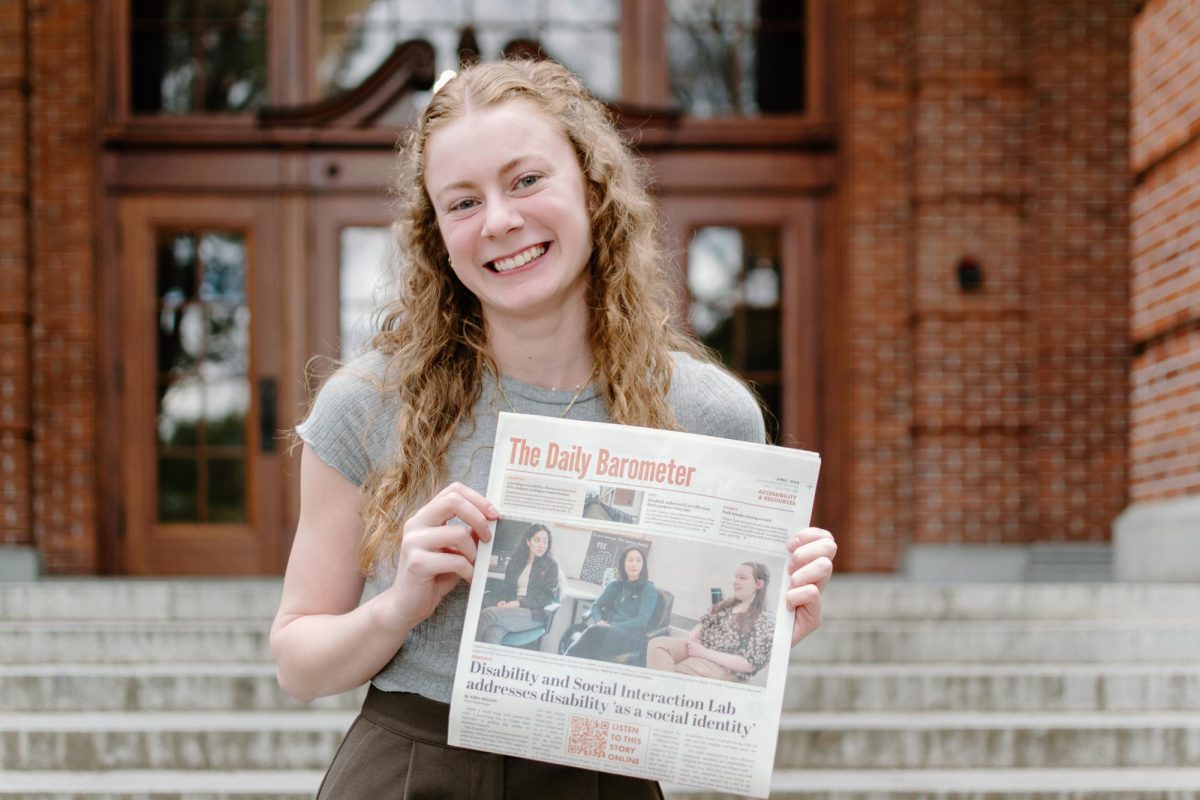
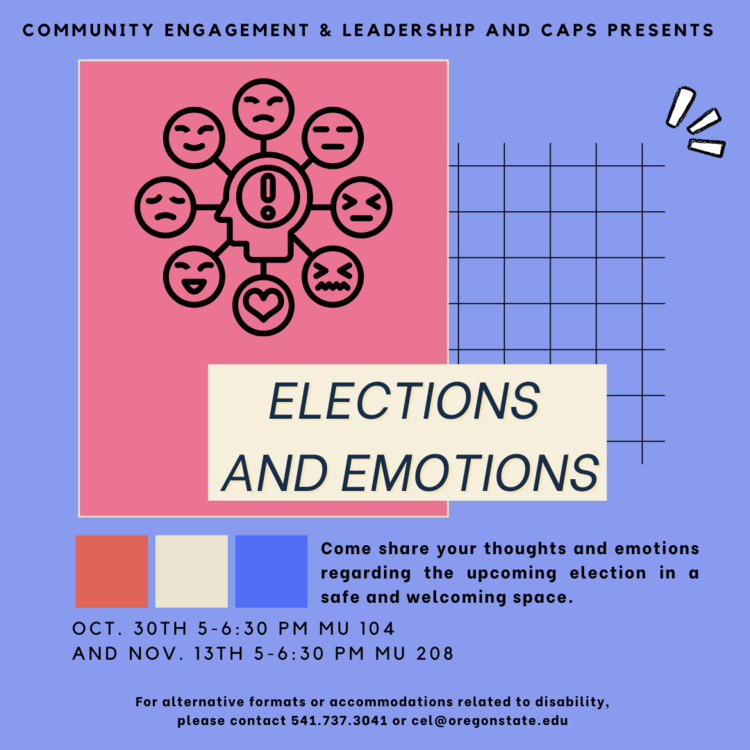
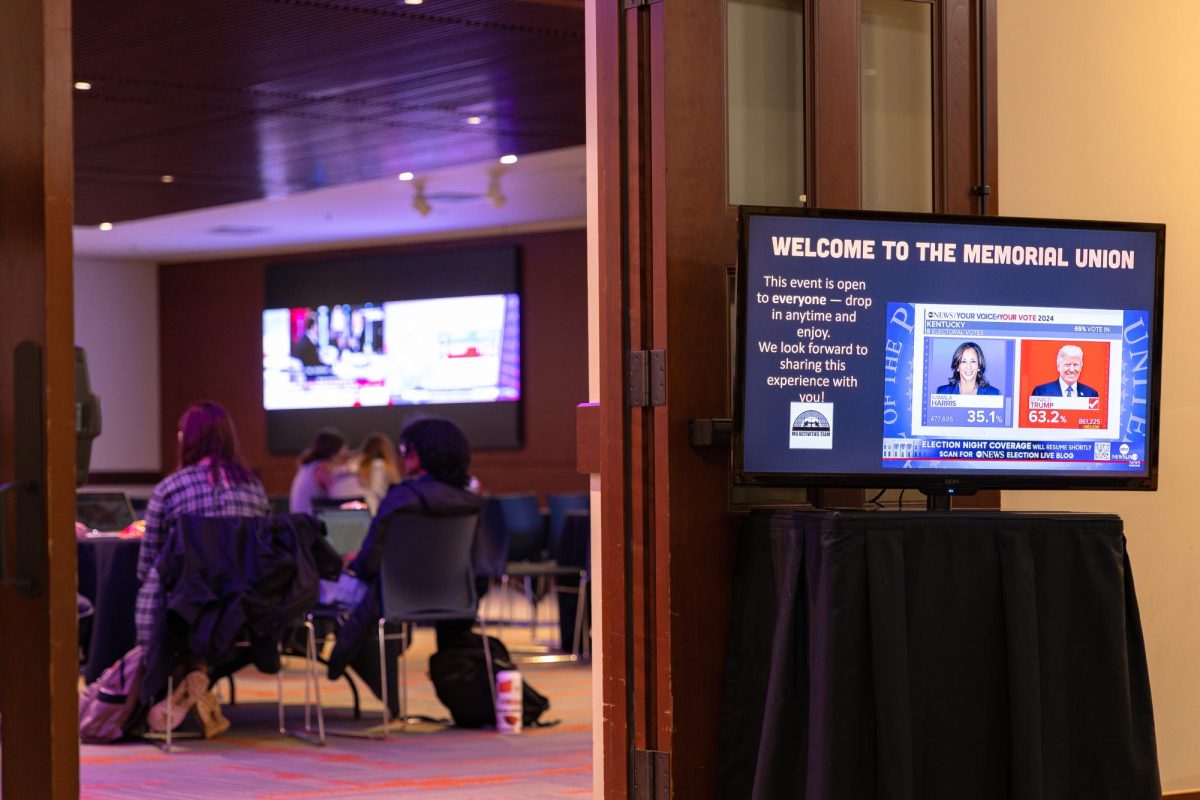
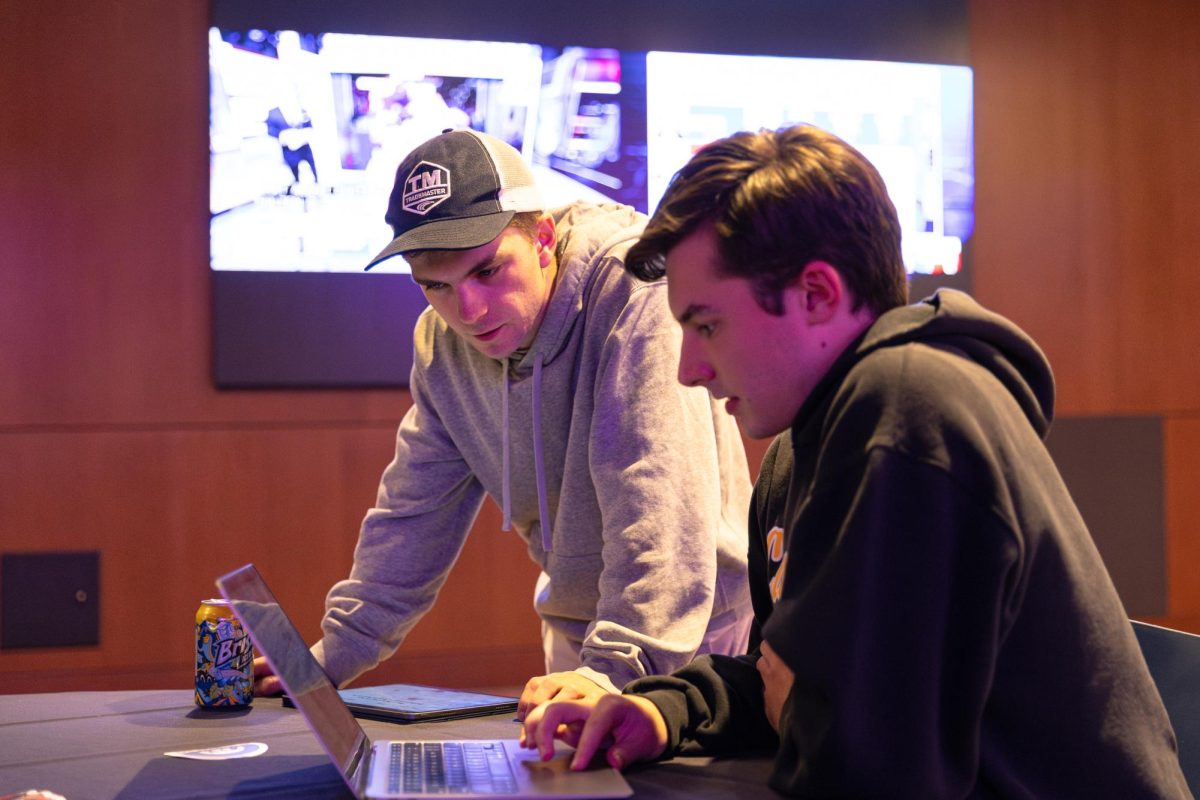
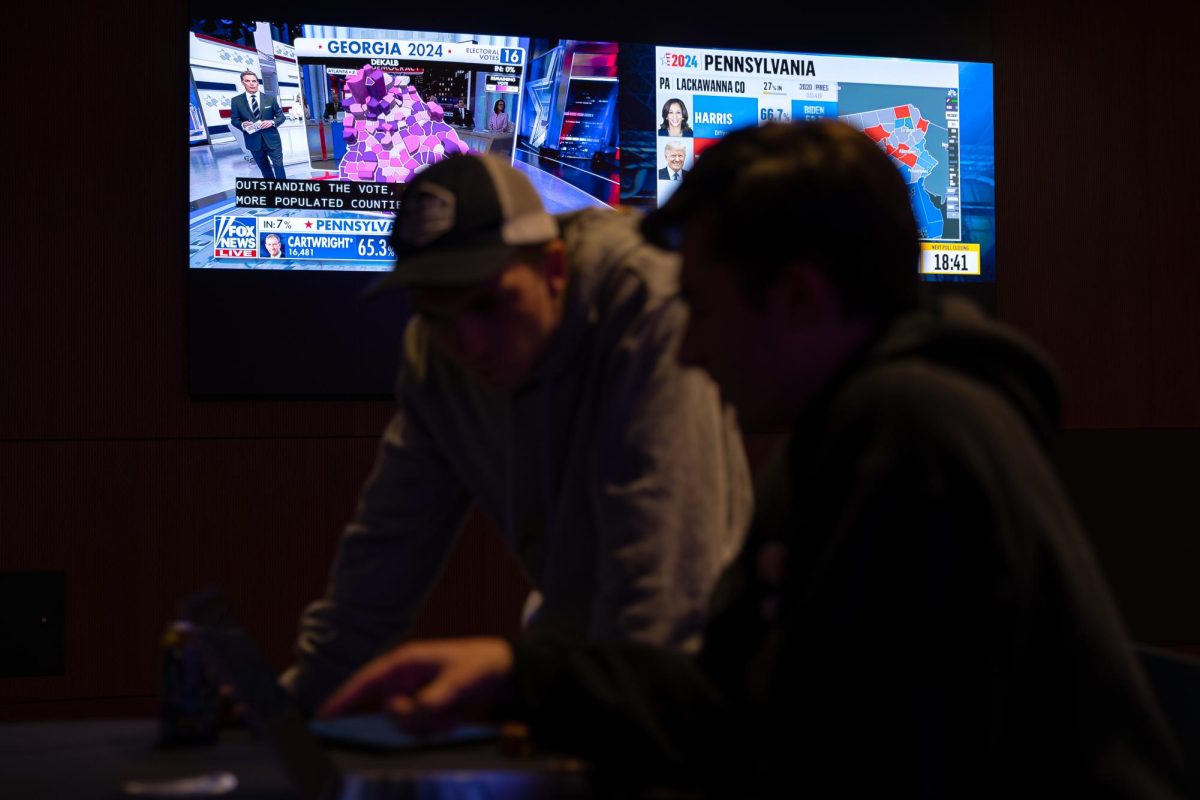

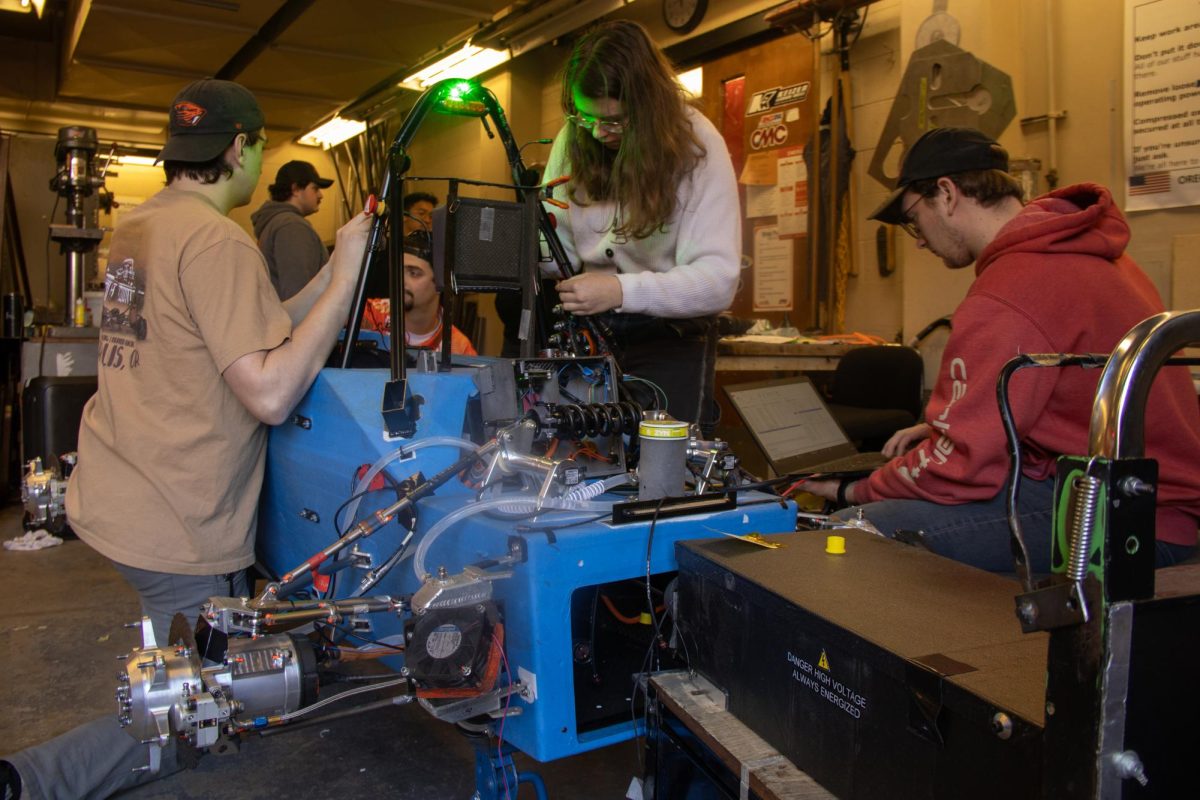
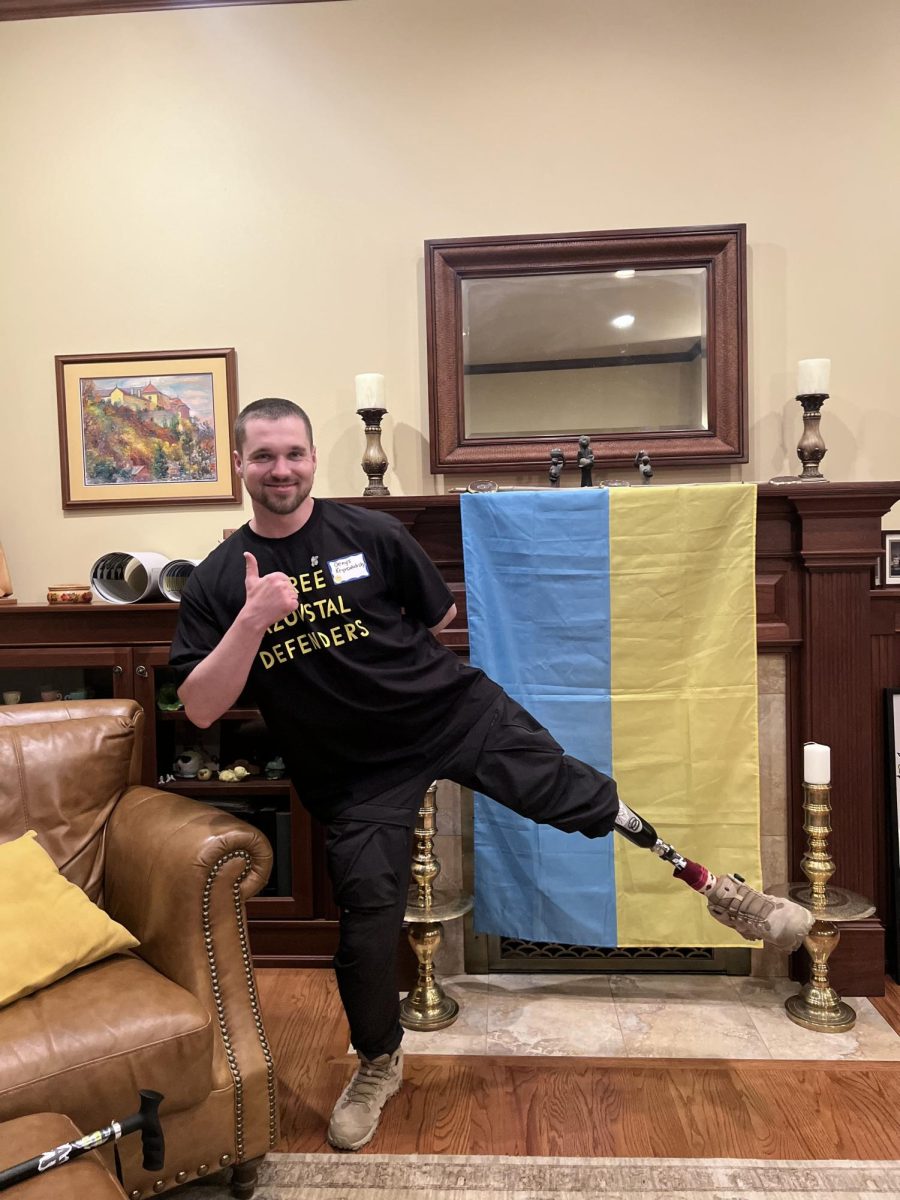

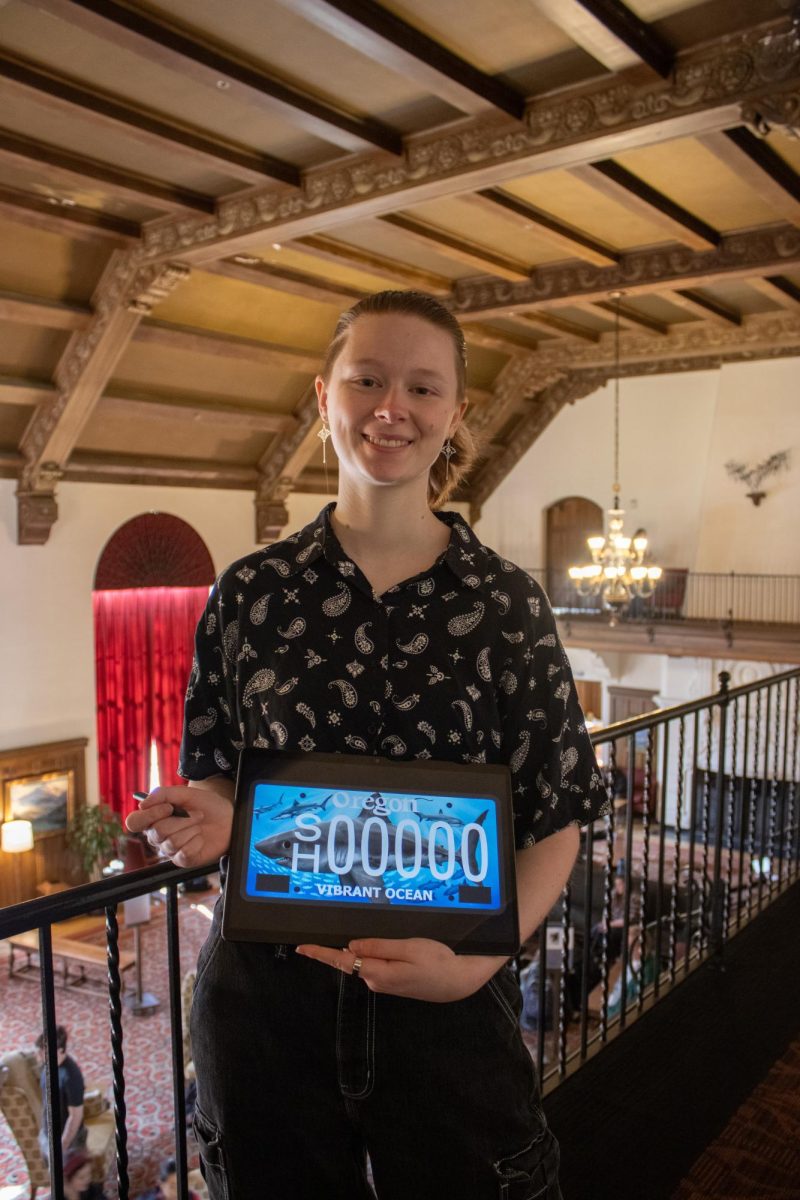

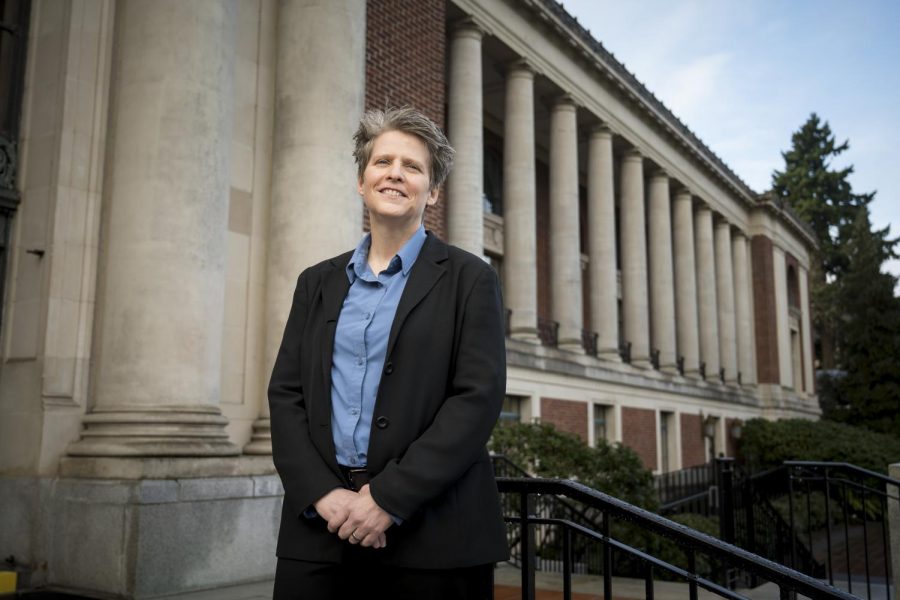

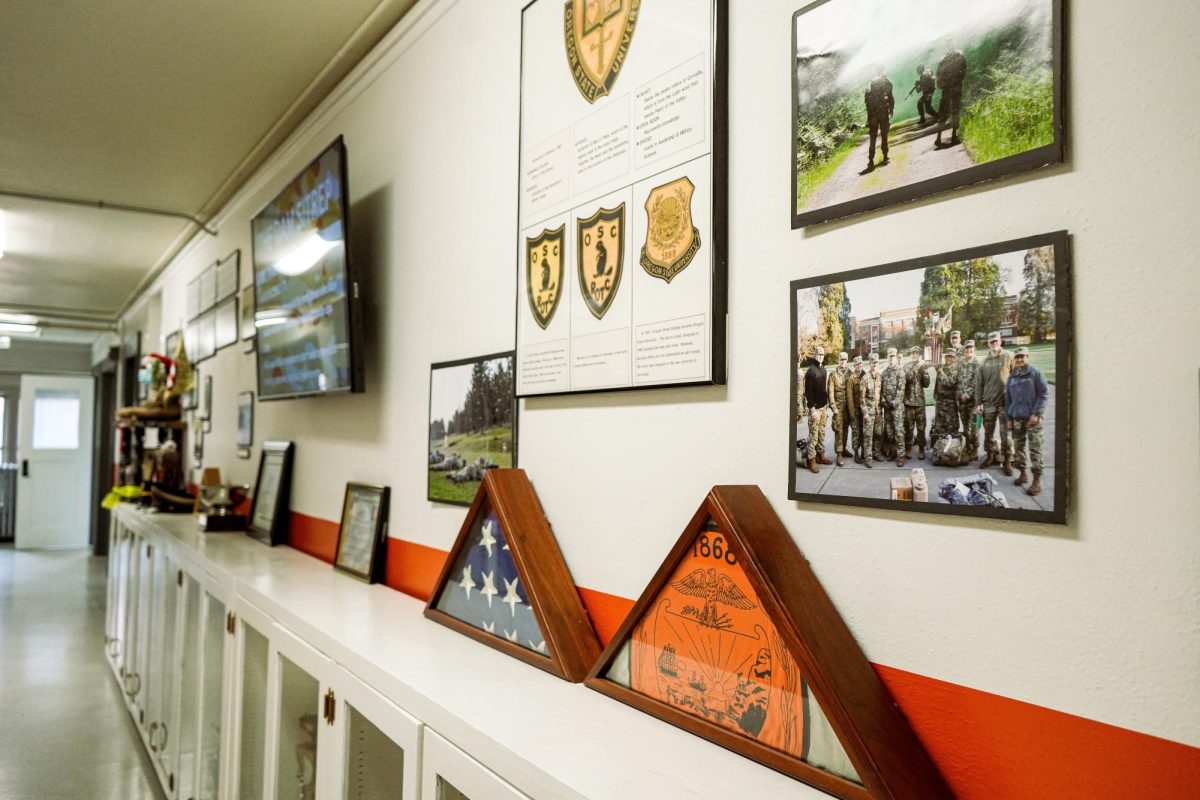
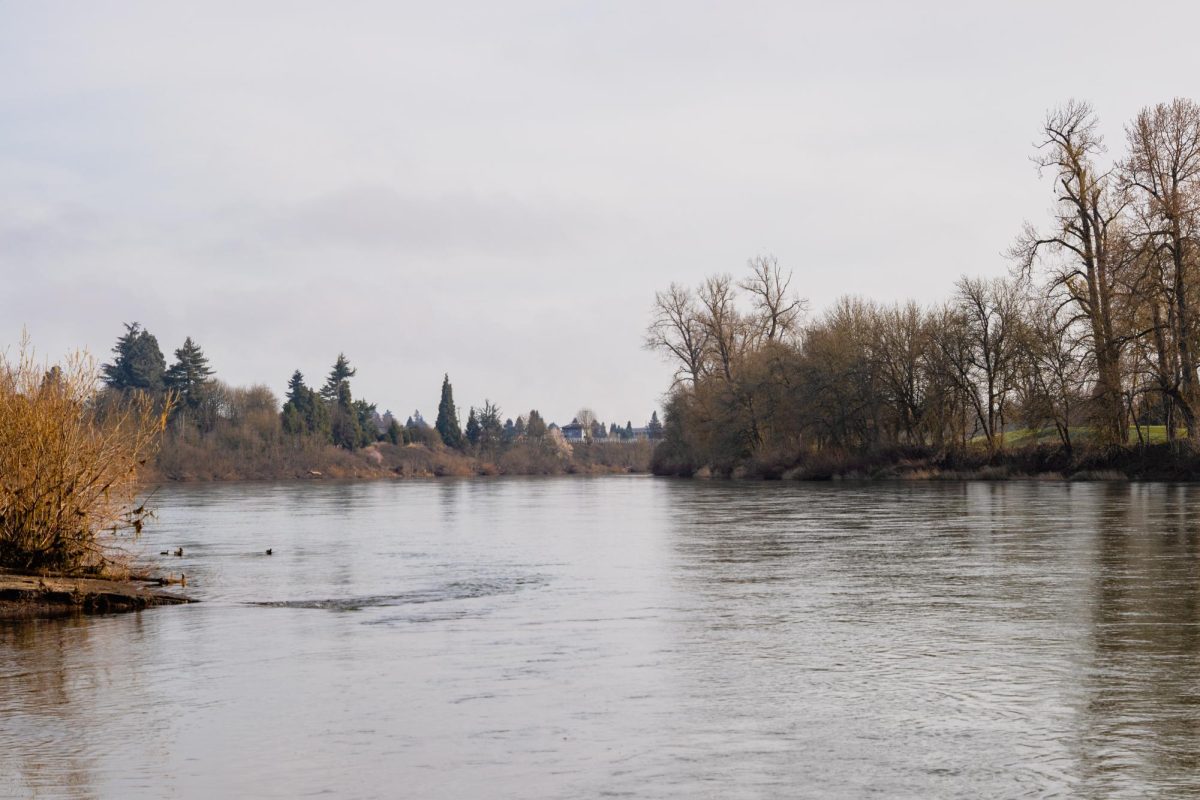




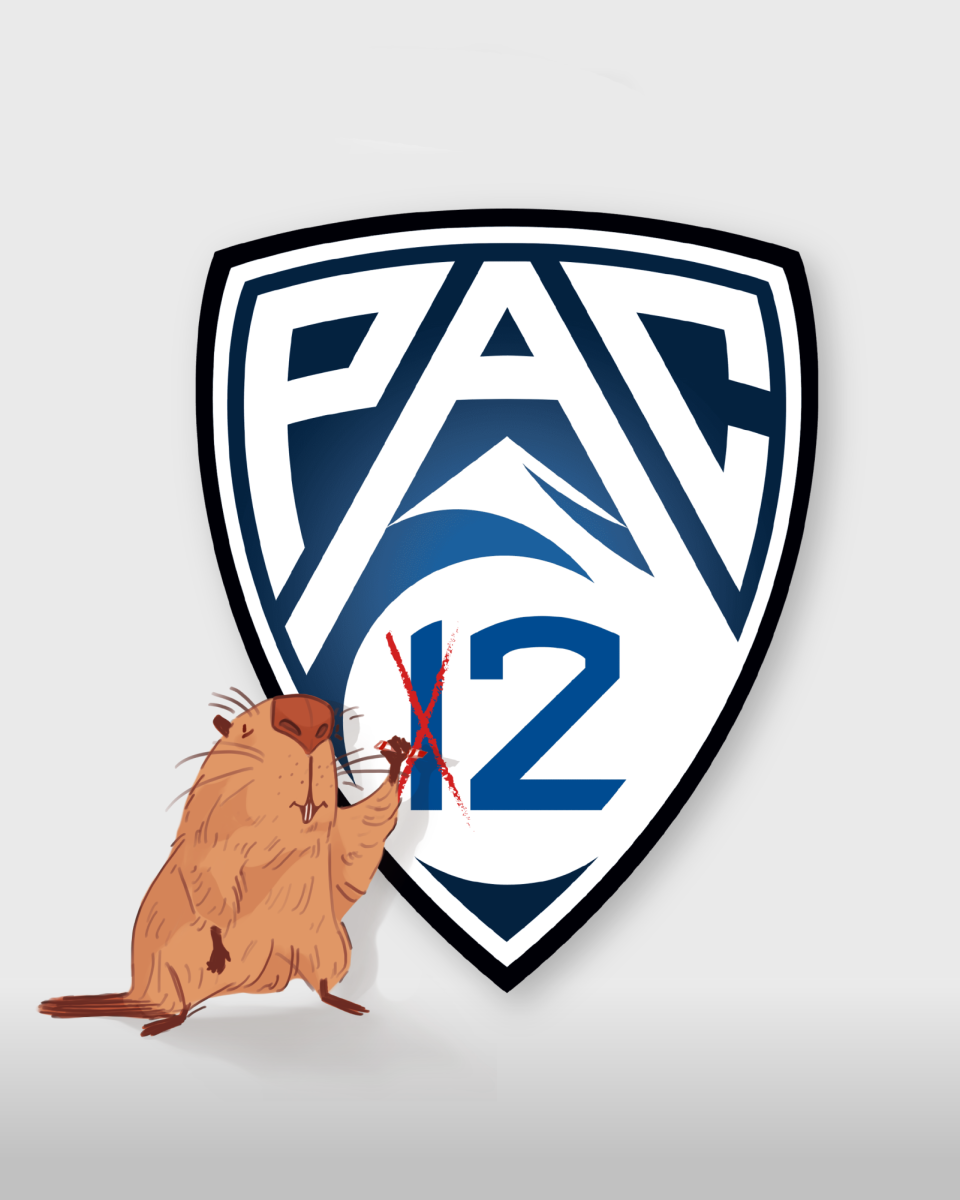

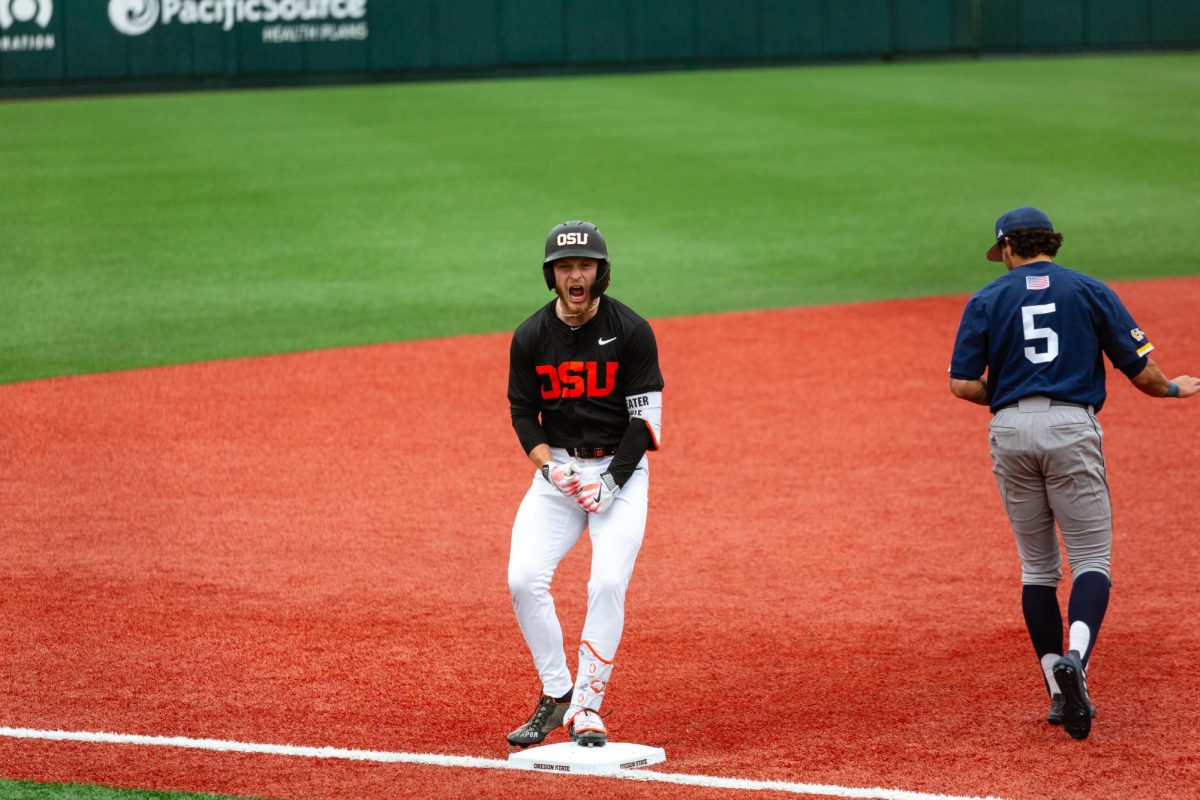

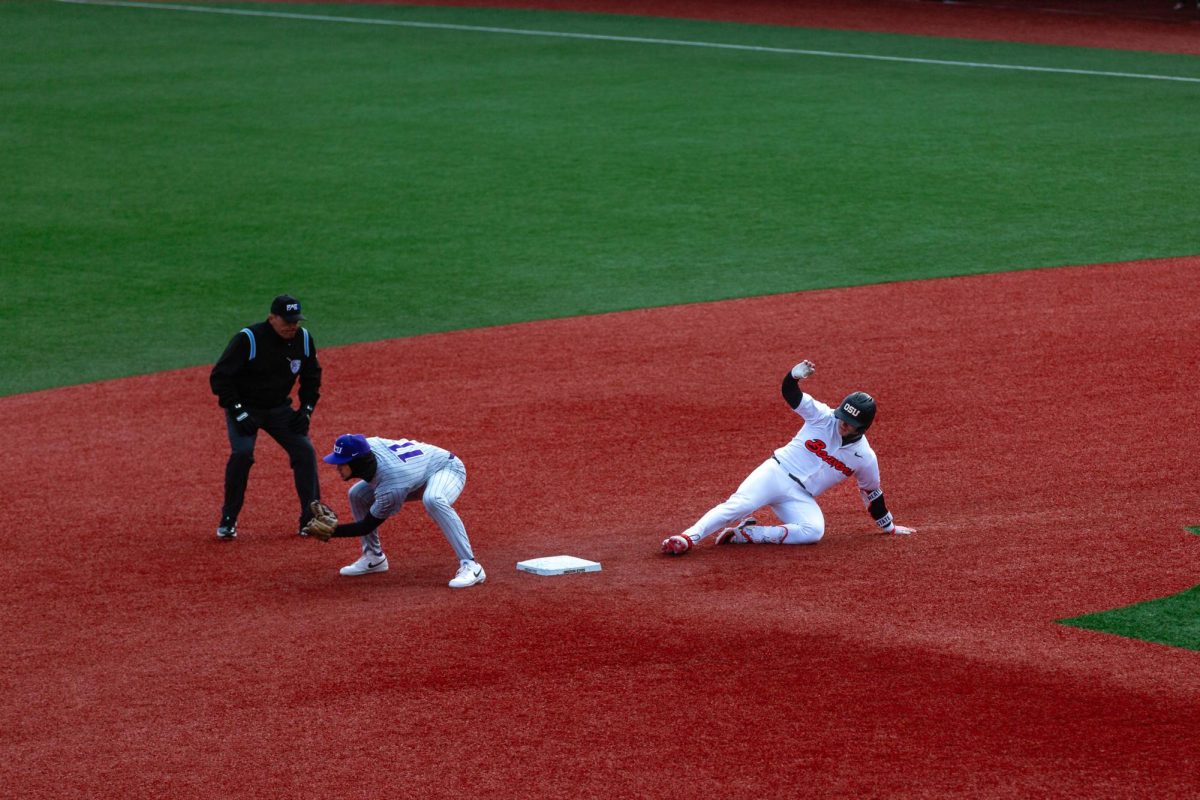

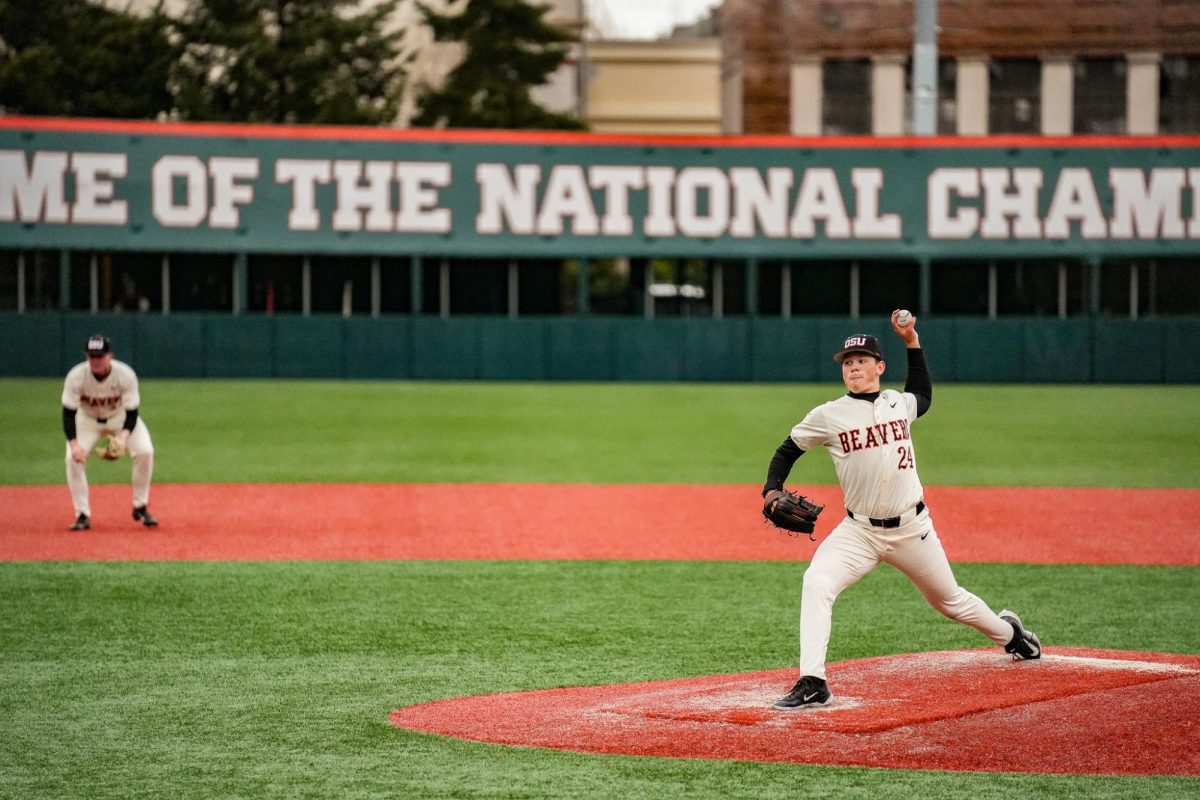
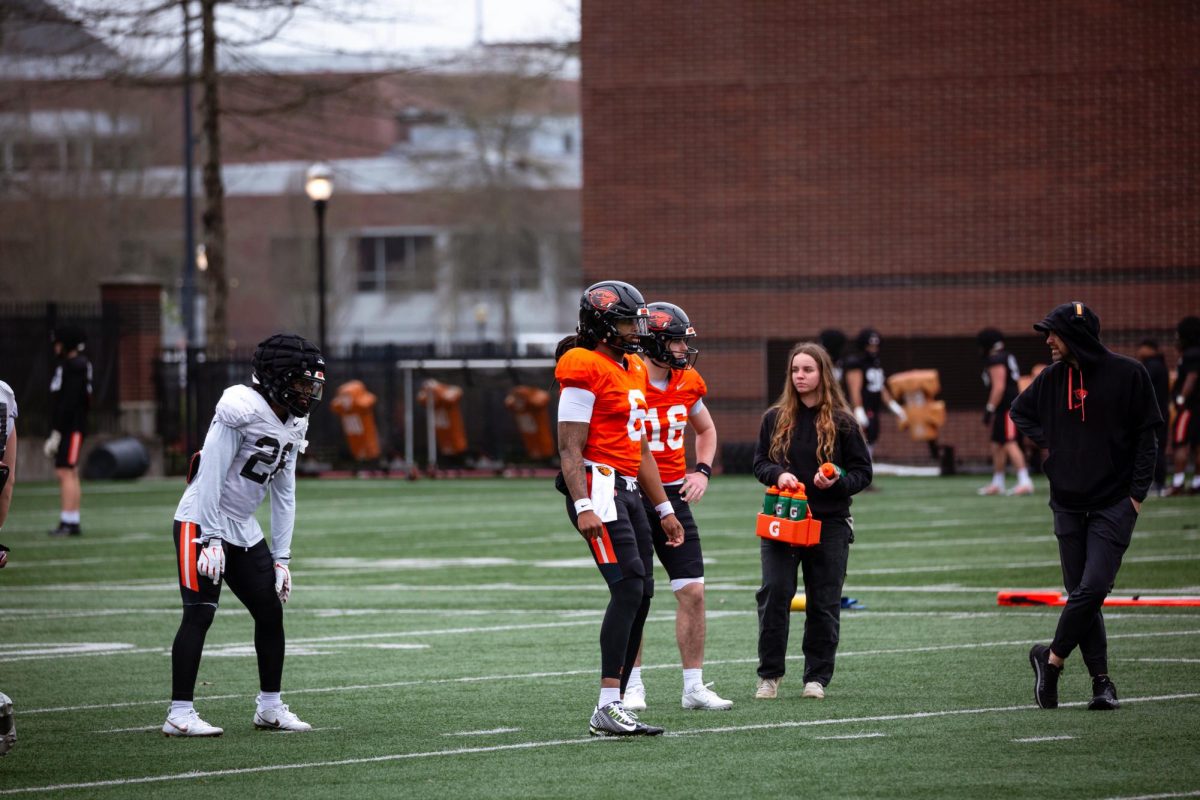
















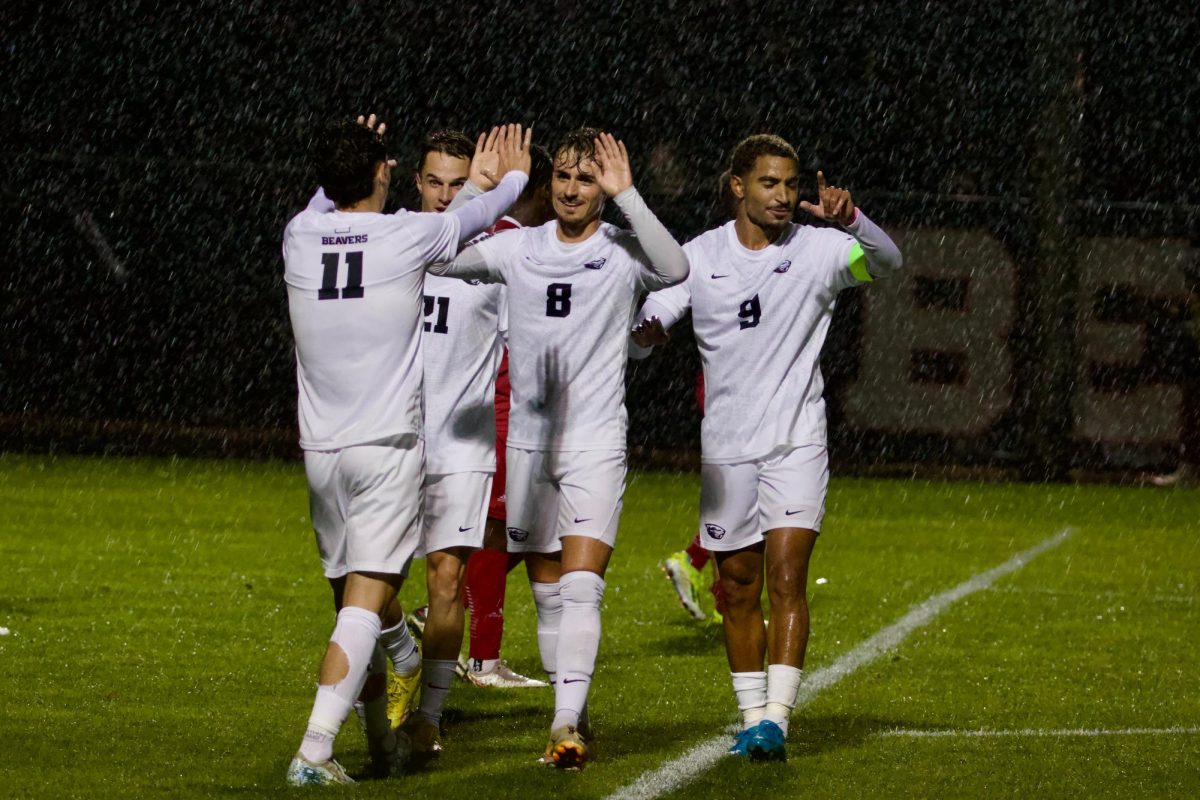


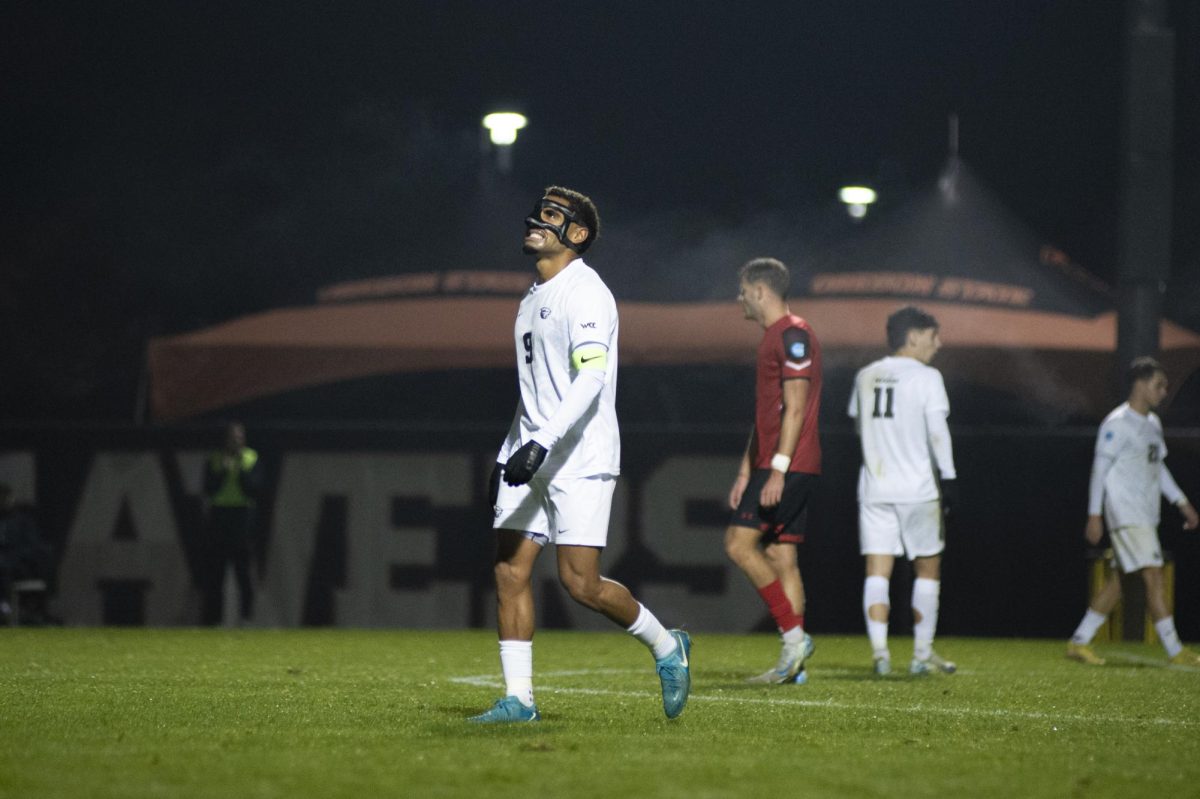
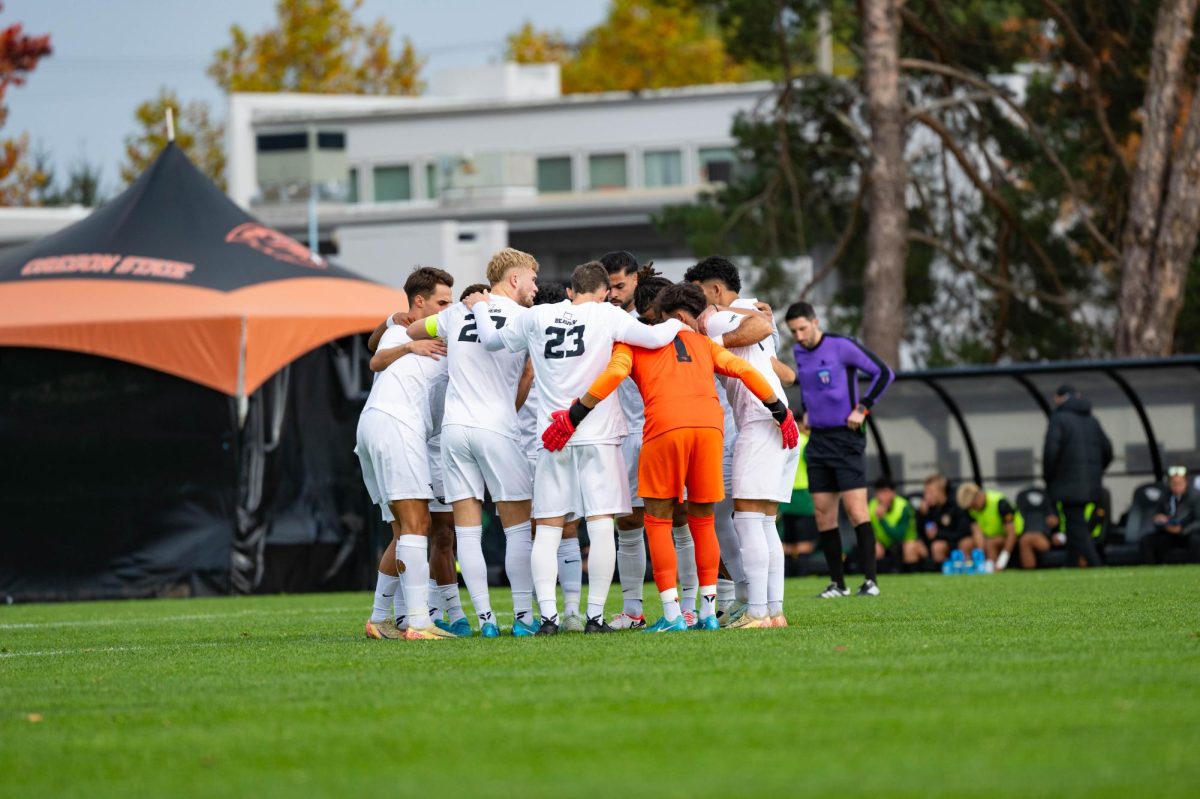

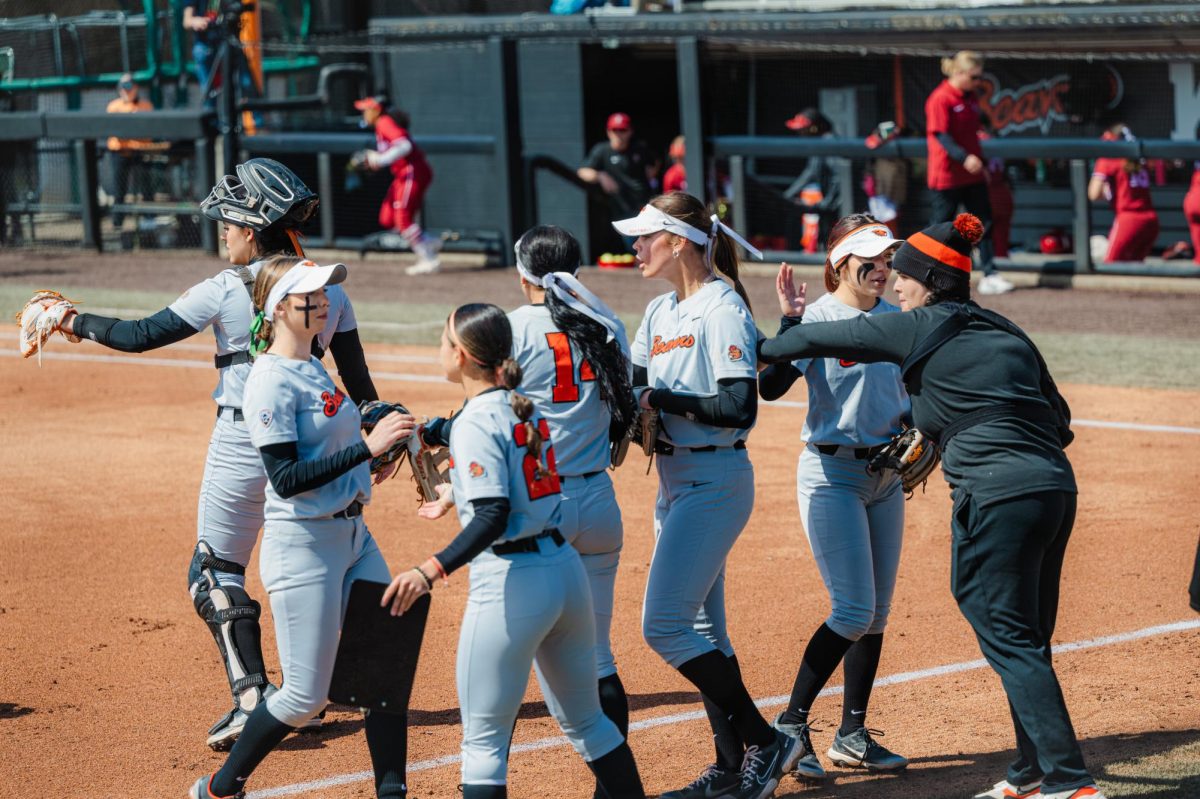





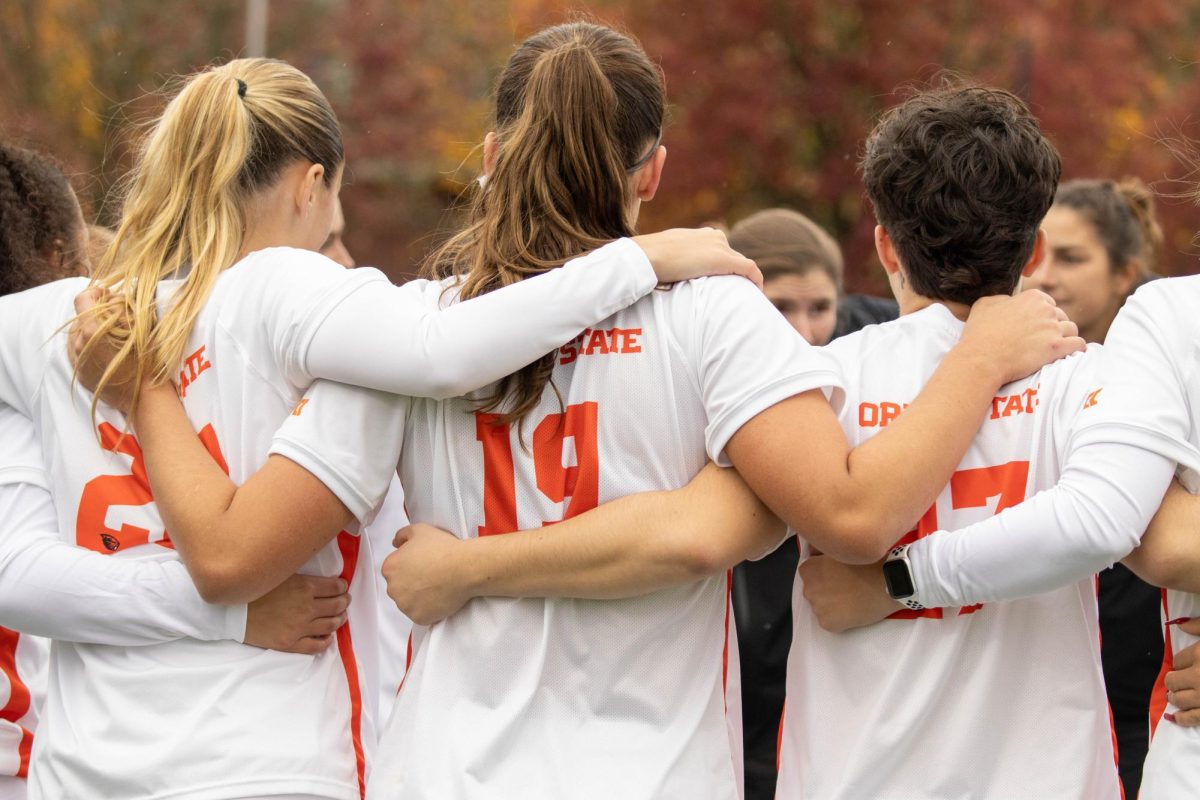
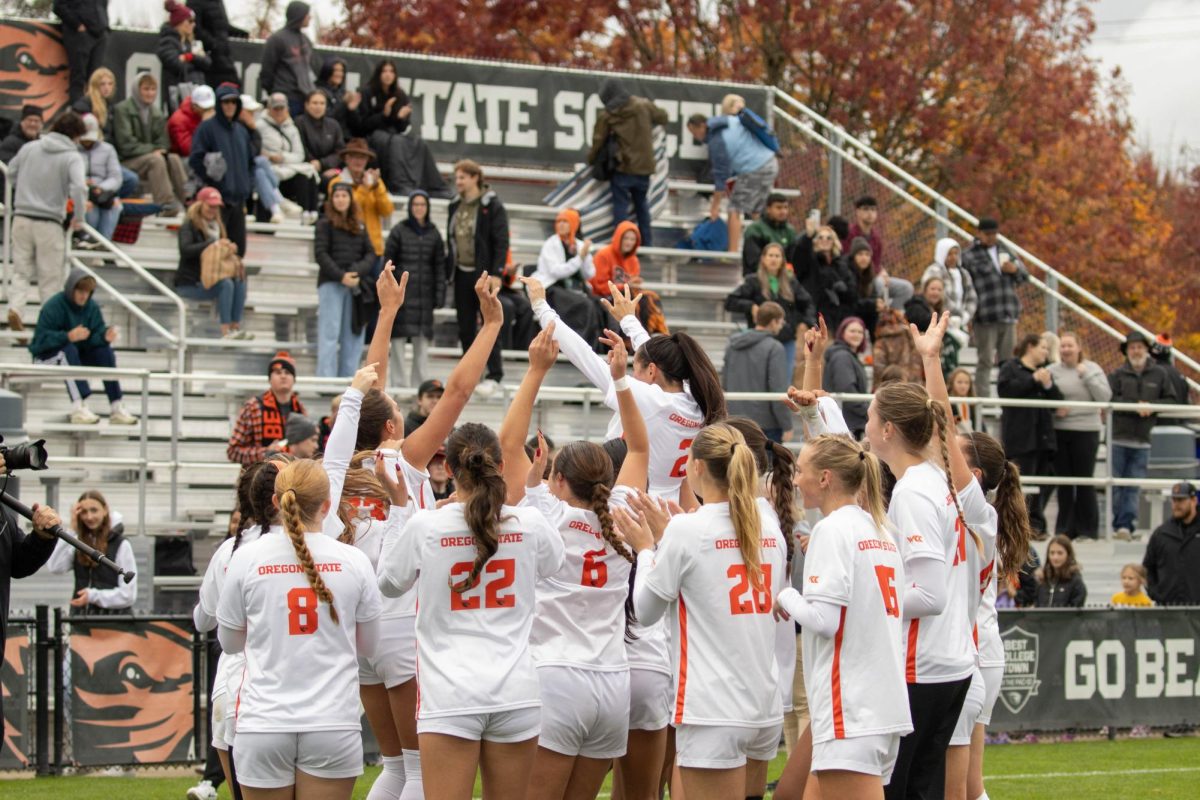









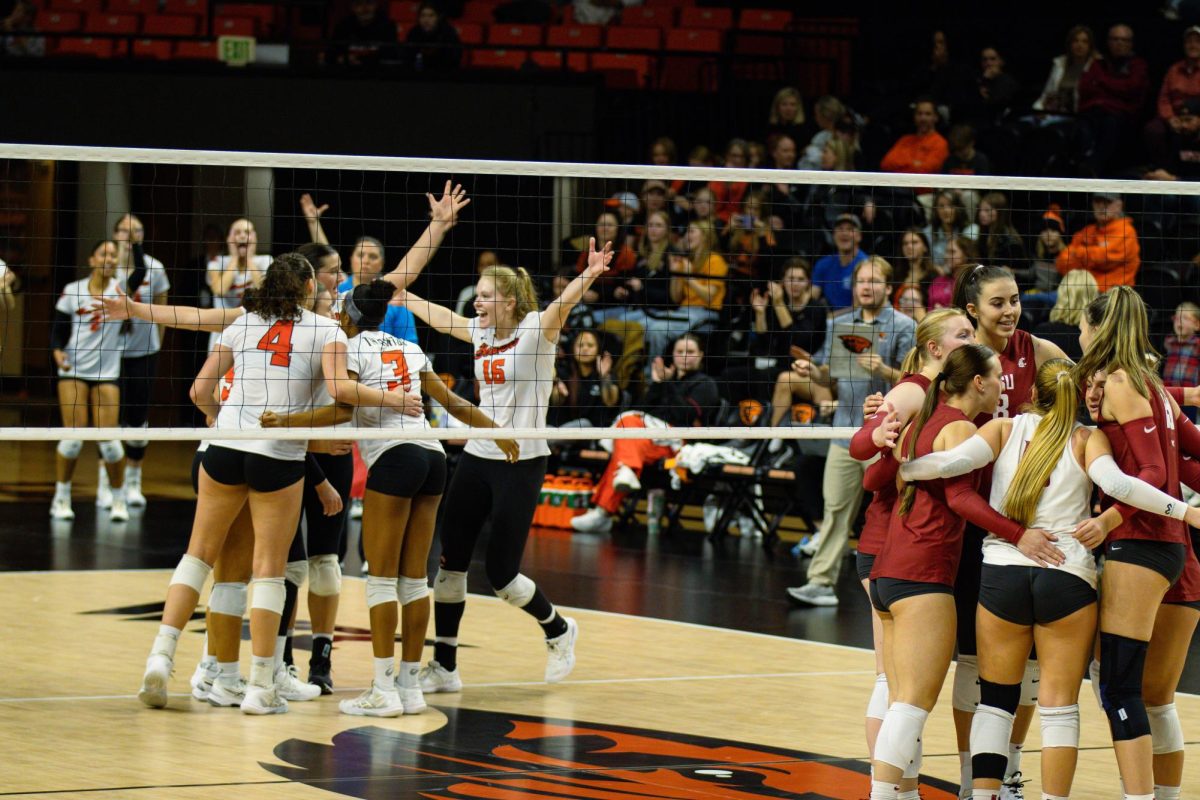
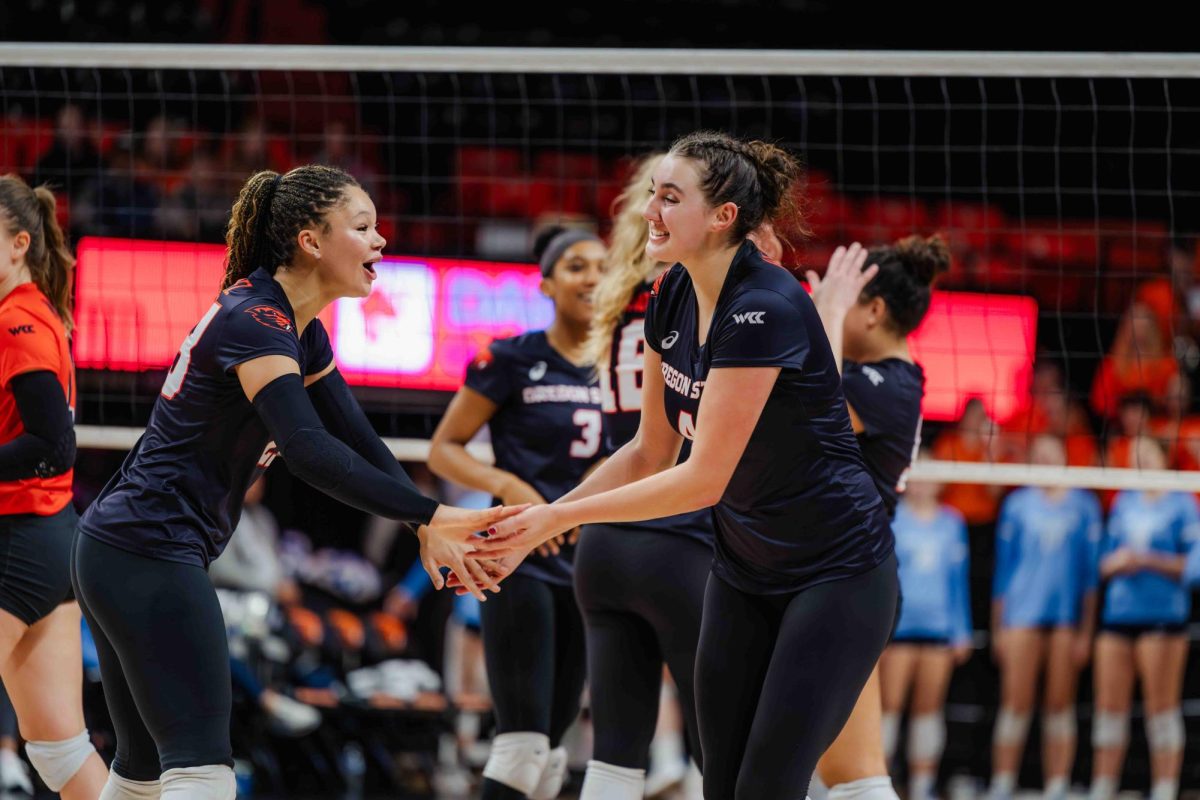
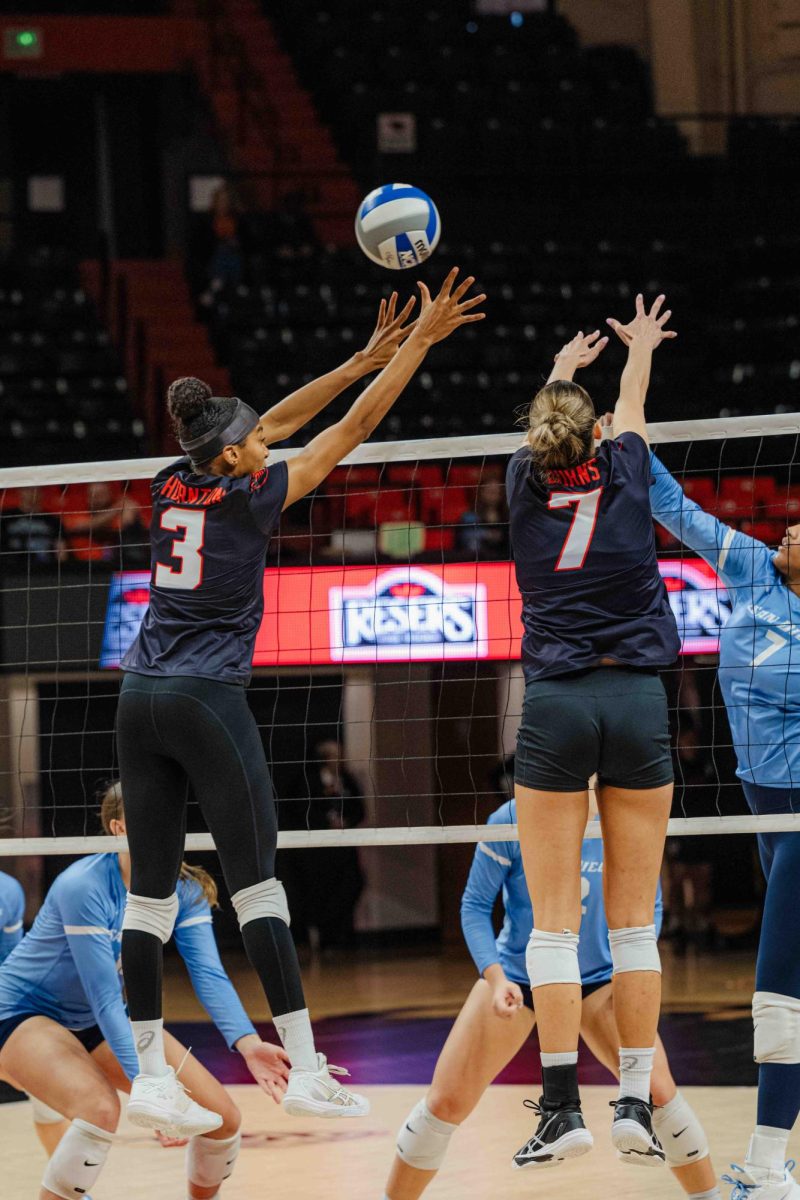



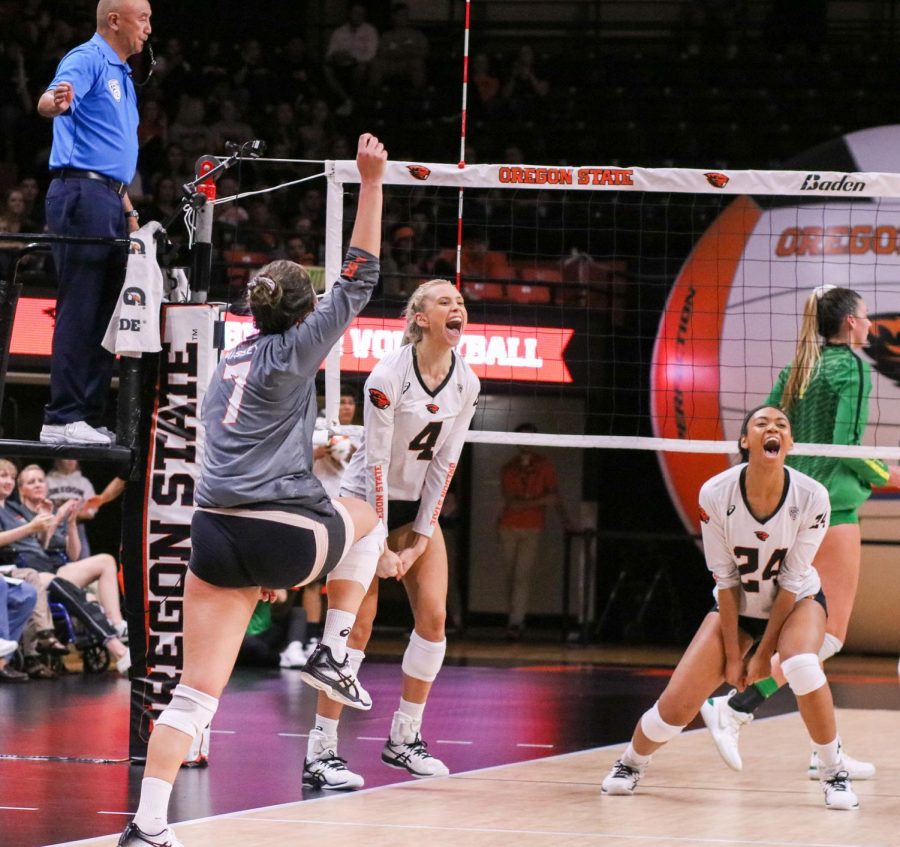

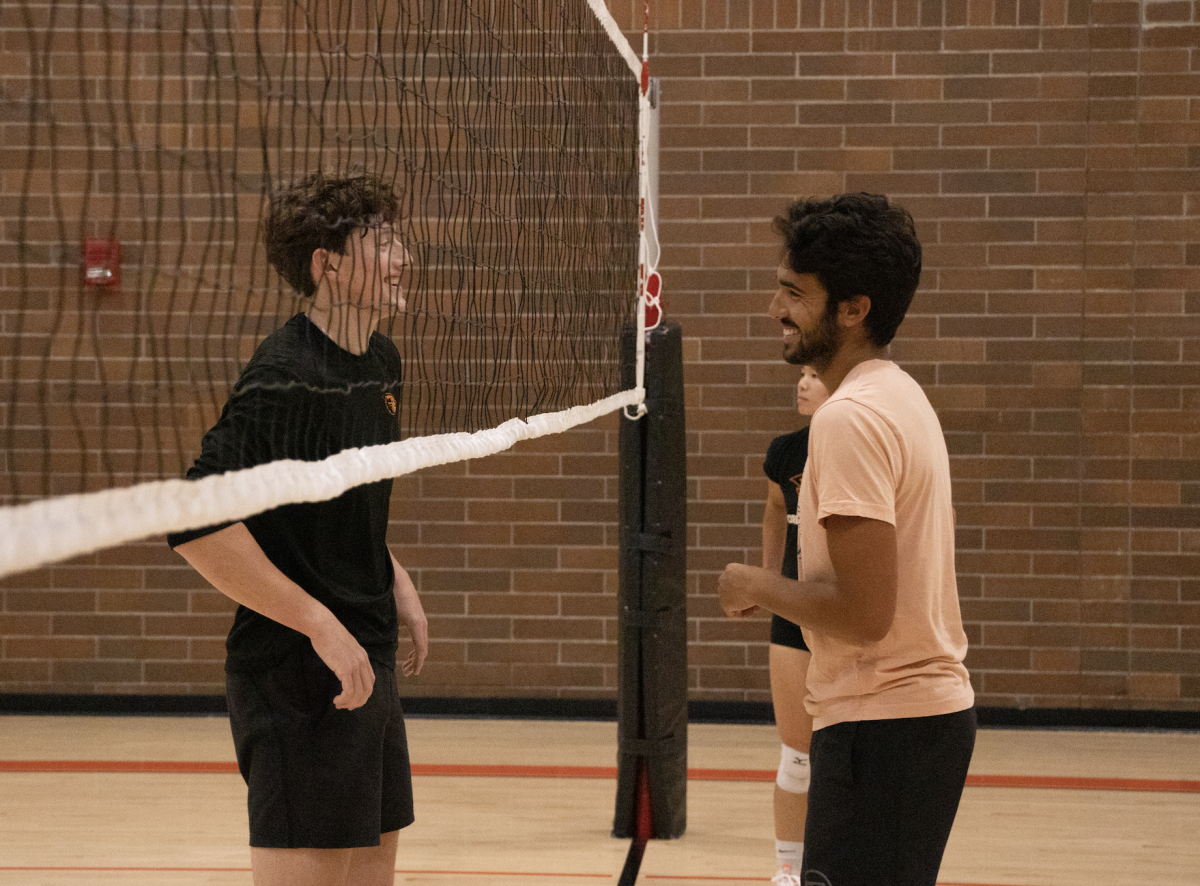








![Newspaper clipping from February 25, 1970 in the Daily Barometer showing an article written by Bob Allen, past Barometer Editor. This article was written to spotlight both the student body’s lack of participation with student government at the time in conjunction with their class representatives response. [It’s important to note ASOSU was not structured identically to today’s standards, likely having a president on behalf of each class work together as one entity as opposed to one president representing all classes.]](https://dailybaro.orangemedianetwork.com/wp-content/uploads/2025/03/Screenshot-2025-03-12-1.00.42-PM-e1741811160853.png)

